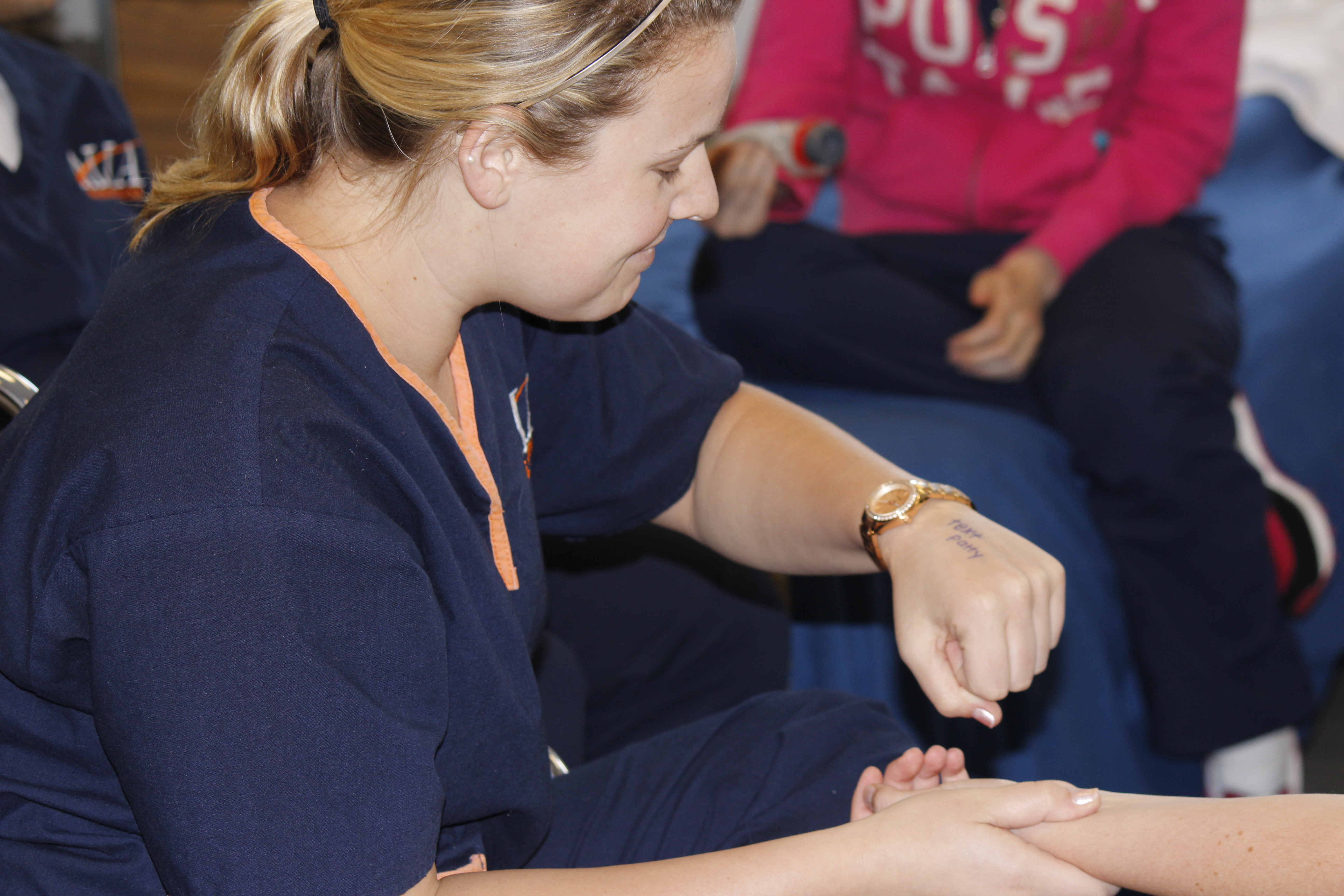CPR Classes in Cincinnati Ohio
This comprehensive course meets OSHA guidelines for emergency care in the workplace and follows the latest CPR and emergency cardiovascular care guidelines. In just 5 1/2-hours, anyone can learn how to recognize an emergency, act appropriately and sustain life until professional help arrives. Topics range from basic first aid to dealing with cardiac emergencies.

CPR Sections:
Healthcare Provider Standard First Aid, CPR, and AED Classes
Designed for emergency response teams, safety personnel, supervisors, individuals requiring certification and the general public, this courses teaches how to respond to breathing and cardiac emergencies in adults, children and infants; identifying and caring for bleeding, sudden illness and injury and preventing disease transmission. It can take paramedics 12-13 minutes to arrive after a 9-1-1 call is made. Knowing appropriate action to take in an emergency until professional help arrives is critical in saving lives. This course is an excellent choice whether you have an entire company to train or just a few employees. NSC uses the Video-Self-Instruction (VSI) method for teaching skills in this course. Studies show that students taught using VSI have higher skill-retention rates than students taught using traditional training methods.
CPR Training Objectives
- First aid training covers all the basics: breathing emergencies; sudden illness and injury; bleeding and preventing disease transmission
- Pull-out First Aid Quick Guide for easy reference
- Course DVD with VSI training for CPR retention
- Nationally recognized course completion cards
- 64 pages with full-color photographs, illustrations and skill demonstrations.
- The cardiopulmonary resuscitation (CPR) segment teaches the principles of basic life support, rescue breathing and how to manage a choking victim.
- The automated external defibrillator (AED) portion of the program details key operating characteristics of an AED as well as proper precautions and maintenance techniques. Guidelines for meeting state public access defibrillation (PAD) laws are included.
- Emergency response teams
- Safety personnel
- Supervisors
- Individuals requiring certification
- General public